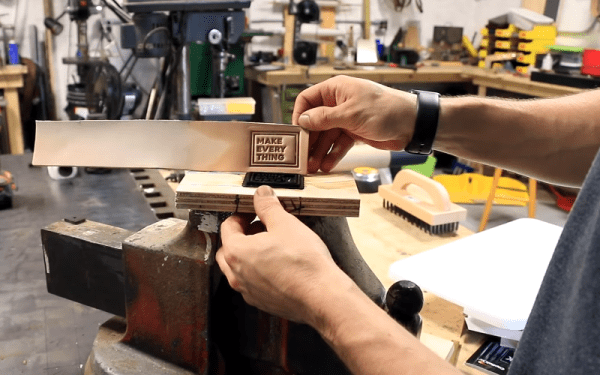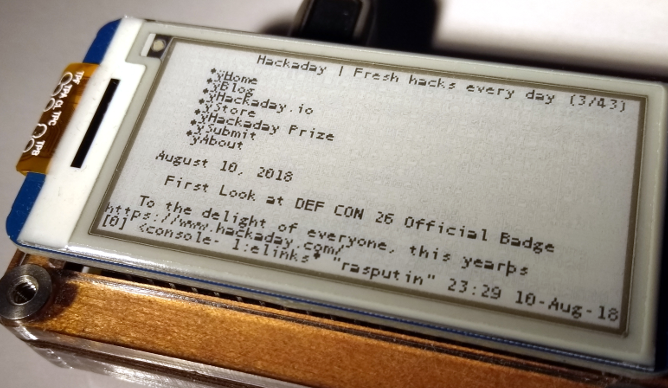There are plenty of places outside where you may like to have a project requiring electricity that may not get enough sun for solar power to be viable. Perhaps wind power could be used instead? [Greg] has a project to create a platform for using a small wind turbine to generate the power for your projects.
The wind turbine that [Greg] designing is a Savonius-style wind turbine that would put out between 5 and 12 volts. In a Savonius turbine, blades are mounted on a vertical axis allowing for a smaller, less complicated build than traditional horizontal axis wind turbines. The design is named for its inventor, Finnish engineer Sigurd Johannes Savonius.
After doing some research, the design will have a 2:1 height to blade ratio and use three pairs of overlapping curved blades stacked on top of each other, each pair offset by 120 degrees. This design, [Greg] figures, will come within a few percentage points of the efficiency of more exotic blade shapes while making the windmill easy to design and implement. Being half cylinders, the blades can easily be made from existing objects cut in half – pop cans, for example, but there has been some designing the blades in Fusion 360 for 3D printing. The stator board has been designed and the initial prototypes of it and the rotor have arrived, so the testing can now commence.
Once the design is finalized and the prototype working, it’d be interesting to see some projects start showing up using wind power instead of solar power. Take a look at this design for a vertical wind turbine, and this design for a simple, straightforward turbine.






















